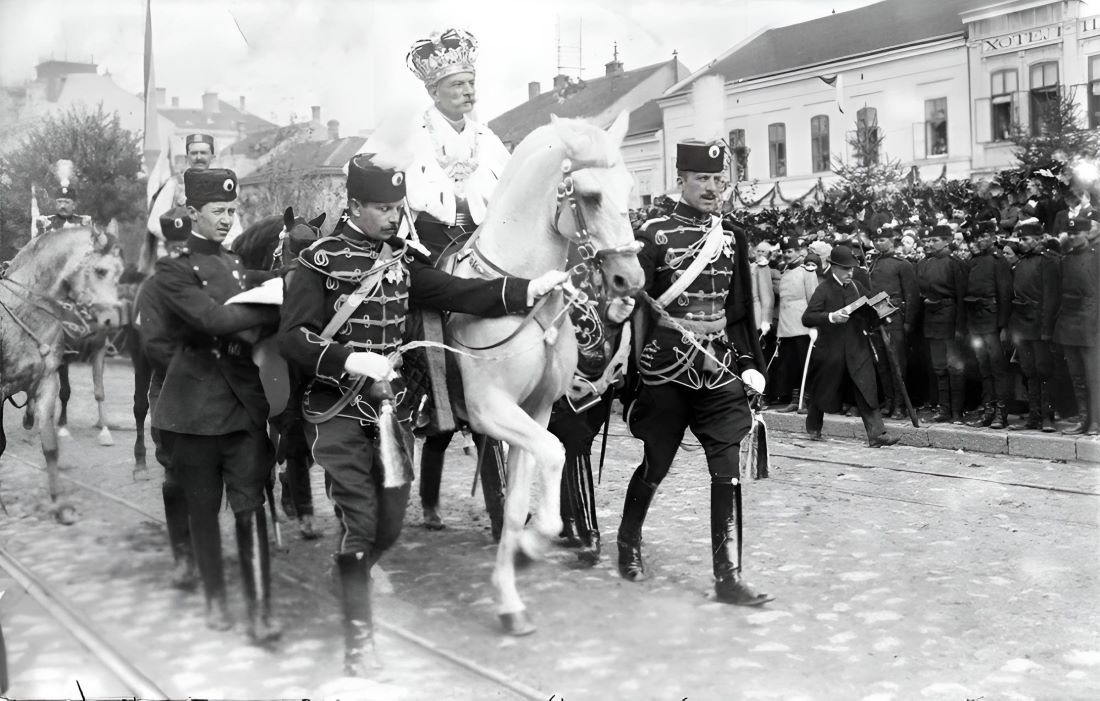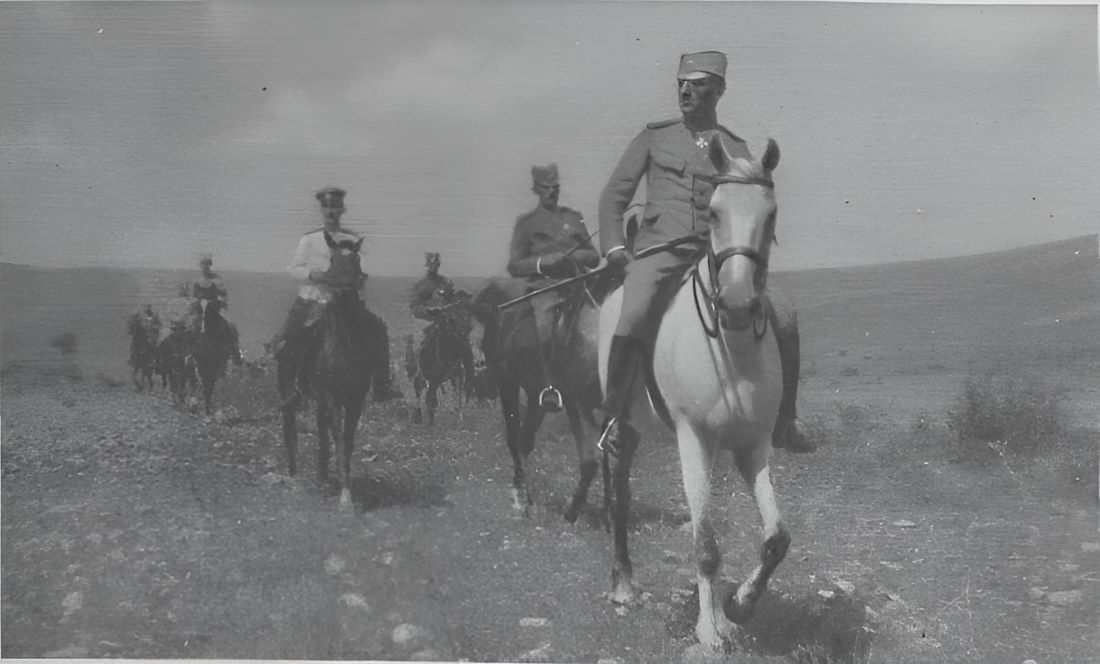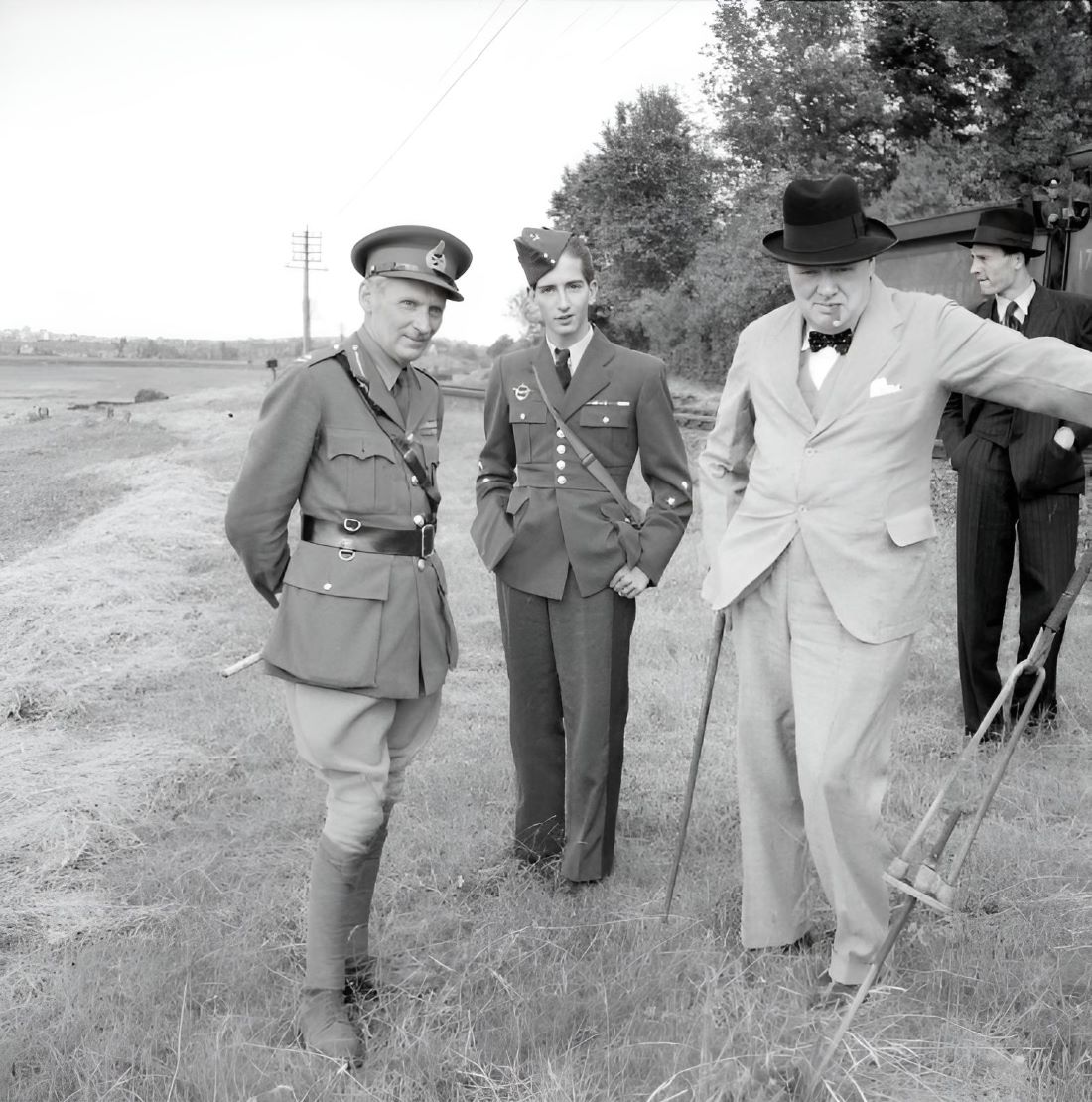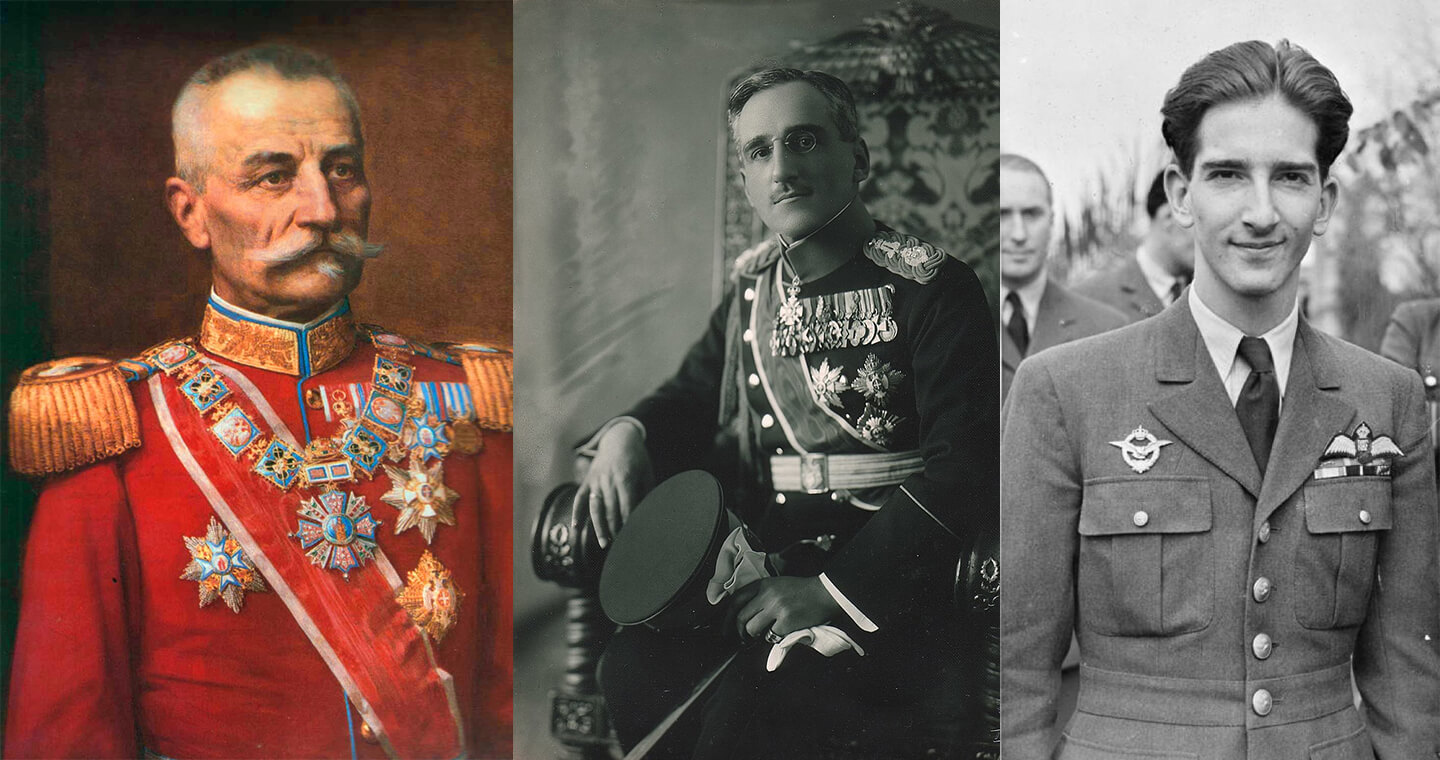The Kingdom of Yugoslavia, a multi-ethnic Balkan state that existed from 1918 to 1945, was ruled by three significant monarchs: King Peter I, King Alexander I, and King Peter II. These kings, all from the Karadjordjevic dynasty, steered the nation through a period of profound social, political, and economic changes.
The Karadjordjevic Dynasty
The Karadjordjevic dynasty was a Serbian house founded by Karađorđe Petrović, who led the Serbian Revolution against the Ottoman Empire in the early 19th century. Although the dynasty faced periods of exile and return due to political turmoil, it regained a prominent position in Serbian society with the ascension of Peter I to the throne. The Karadjordjevic dynasty’s reign over Yugoslavia, marked by both national unification and internal conflicts, would drastically shape the nation’s history.
Peter I Karadjordjevic
Peter I Karadjordjevic, also known as Peter the Liberator, was a monumental figure in the early 20th-century Balkans. His reign as King of the Serbs, Croats, and Slovenes from 1918 until his death in 1921 marked a significant phase in the region’s history.
Born into the powerful Karadjordjevic dynasty, Peter grew up during a volatile period in Serbian history. The Karadjordjevics and the rival Obrenović dynasty vied for control, leading to a series of political and military conflicts. Peter spent much of his early life in exile in Europe, gaining valuable insights into democratic governance and constitutional monarchies. These experiences would profoundly shape his reign as king.

Peter ascended to the Serbian throne in 1903 following the assassination of King Alexander Obrenović. His rule in Serbia was transformative, marked by liberal democratic reforms and a focus on education. He implemented a constitution, known as the Octroyed Constitution of 1903, which championed civil liberties, parliamentary democracy, and universal suffrage. Peter was seen as a champion of these democratic ideals, often placing the interests of his people before dynastic concerns.
Peter I’s reign was also characterized by his military leadership. His courage and strategic acumen were on full display during the Balkan Wars and World War I. He earned the respect and adoration of his soldiers, often sharing their hardships on the front lines. His leading role in the successful campaign against the Ottomans during the Balkan Wars consolidated Serbia’s independence and significantly expanded its territory.
Despite his military successes, Peter’s rule was not without significant challenges. The formation of the Kingdom of Serbs, Croats, and Slovenes, later renamed Yugoslavia, was a complex process, with various ethnicities and nationalities striving for recognition and autonomy within the new state. Peter worked tirelessly to unify these diverse groups, promoting a shared South Slavic identity, while also attempting to address their unique concerns and aspirations.
Following the horrific losses of World War I, Peter worked diligently to rebuild his country. His commitment to unity, democracy, and the rule of law provided a beacon of hope for many during these dark times. Despite his failing health, Peter continued to serve as a unifying figure, symbolizing the resilience and determination of the Yugoslav people.
Peter’s death in 1921 marked the end of an era, but his legacy lived on. His vision of a united South Slavic state and his commitment to democratic values left an indelible mark on Yugoslav history. Despite the challenges and conflicts that marked his reign, Peter I is remembered as a leader who stood firm in the face of adversity and worked tirelessly for the betterment of his people.
Alexander I Karadjordjevic
Alexander I Karadjordjevic succeeded his father, Peter I, becoming the King of the Kingdom of Serbs, Croats, and Slovenes in 1921. His reign, lasting until his assassination in 1934, was marked by attempts to maintain and consolidate the fragile unity of the newly formed multi-ethnic state, facing numerous challenges both internally and on the international stage.
Alexander I ascended to the throne during a period of considerable political and social unrest. The ethnic and religious differences that existed within the young Kingdom fueled regional divisions and conflicts. As a response, Alexander sought to create a unified Yugoslav identity transcending regional and ethnic allegiances, but this proved to be a difficult task.

Alexander I’s efforts to strengthen Yugoslav unity culminated in the 1929 establishment of a royal dictatorship, known as the January 6th Dictatorship. This move came after years of political instability and a growing sense of threat from fascist movements in Europe. He abolished the constitution, dissolved the parliament, and undertook a policy of centralization to suppress regional, religious, and ethnic divisions. This policy also involved the creation of nine new administrative divisions, called banovinas, intended to break down historic regional identities.
His dictatorship was controversial and met with varied reactions within Yugoslavia and internationally. While it did succeed in providing a measure of stability and strengthened the central government, it also sparked resentment, particularly among non-Serbian ethnicities. His attempts at forced unification and suppression of regional and ethnic identities were seen by many as a form of Serbian domination, leading to increased internal tensions.
Despite internal challenges, Alexander I proved to be an adept diplomat on the international stage. He managed to navigate the Kingdom of Yugoslavia through the turbulent interwar period. His foreign policy was largely focused on maintaining Yugoslavia’s independence and strengthening its alliances to counter potential threats, particularly from fascist Italy and Nazi Germany.
The violent end of Alexander’s reign came in 1934 when he was assassinated in Marseilles, France, during a state visit. The assassination, orchestrated by Croatian nationalists with support from Italy and Hungary, sent shockwaves through Europe and marked a significant escalation of the political crisis in Yugoslavia.
Alexander I’s legacy is a complex one. While his efforts at Yugoslav unification and centralization were not successful in the long term, and his dictatorial rule was viewed negatively by many, his desire for a united, strong, and independent Yugoslav state was sincere. His reign was a crucial period in Yugoslav history, shaping the trajectory of the nation for the decades to follow. The political, ethnic, and social issues that he grappled with remained central to the challenges Yugoslavia faced in the future.
Peter II Karadjordjevic
The last reigning monarch of Yugoslavia, Peter II Karadjordjevic, ascended to the throne at the very young age of 11 following the assassination of his father, Alexander I, in 1934. Thrust into a position of immense responsibility amidst rising political and military tensions, his reign was marked by immense difficulties, upheavals, and, ultimately, the dissolution of the Yugoslav monarchy.
Due to Peter II’s tender age at his ascension, a regency council led by his cousin, Prince Paul, was established. Prince Paul was a cautious leader who tried to steer Yugoslavia away from the escalating conflict in Europe. However, his decision to sign a pact with Nazi Germany in March 1941 provoked a coup d’état by Yugoslav military officers. Peter II, though still underage, was declared of age and installed as king.

The young King Peter II was hailed as a symbol of continued Yugoslav independence, but his reign in Yugoslavia was tragically short-lived. Just days after the coup, Nazi Germany, frustrated by the defiance of the Yugoslav government, invaded the country. Peter II and the royal government were forced to leave Belgrade, relocating first to Greece and then to Jerusalem and London.
While in exile, Peter II worked tirelessly to rally support for the Yugoslav cause. He sought to form a government-in-exile, maintain diplomatic recognition for Yugoslavia, and forge alliances to aid in the liberation of his homeland. Despite these efforts, his influence diminished over time. The rise of the communist Partisan movement under Josip Broz Tito and the shifting tides of war meant that the young king faced an increasingly uphill battle to restore his throne.
Following the end of World War II, the communist-led Anti-Fascist Council of the People’s Liberation of Yugoslavia declared the country a republic, thereby officially ending the monarchy. Despite his efforts to return to Yugoslavia and reclaim his throne, Peter II was barred entry by the new regime. He spent the rest of his life in exile, first in London and then in the United States, where he worked a variety of jobs, including as a commercial pilot and a clerk in a liquor store.
Peter II Karadjordjevic’s life was marked by a series of unfortunate events: ascending the throne at a young age, losing his country to war, and spending his adult life in exile. Yet, despite these challenges, he never abandoned his dream of a free and democratic Yugoslavia. Peter II’s reign, although brief and fraught with difficulties, reflects a pivotal period in Yugoslav history. His story, like the story of Yugoslavia itself, is a complex and poignant tale of hope, struggle, loss, and the unyielding pursuit of freedom and dignity.
Historical Challenge: Can You Conquer the Past?
Answer more than 18 questions correctly, and you will win a copy of History Chronicles Magazine Vol 1! Take our interactive history quiz now and put your knowledge to the test!

